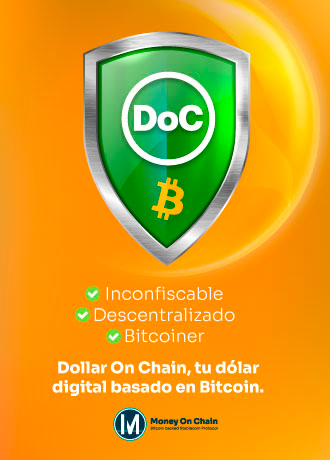La reacción fue inmediata. Horas después de Powell, ETH subió entre un 10 y un 14 %, alcanzando un nuevo máximo intradía de $4.789, y luego rompió su récord de 2021 con un nuevo ATH de $4.845. Ya venía mostrando señales: mientras Bitcoin aflojaba, Ether subía, indicando demanda específica por ETH más allá del movimiento general del mercado.
El apetito institucional también fue protagonista. Flujos positivos, acumulación por parte de whales y fondos de largo plazo refuerzan la idea de que Ethereum recuperó protagonismo estructural en este tramo del ciclo.
El salto dejó una nueva referencia: $4.700–$4.800 como zona clave de soporte. Si logra consolidarse sobre ese escalón, se convierte en plataforma para nuevos avances. Por arriba, las miradas apuntan al techo inmediato en $4.845 (el nuevo ATH) y a la barrera psicológica de $5.000.
La microestructura acompaña: volumen en aumento en los impulsos, contracción en las pausas. Buen signo. Si hay retroceso hacia $4.700–$4.800 con bajo volumen y defensa rápida, la tendencia sigue firme. Pero si vuelve con volumen pesado y repite rechazos bajo $4.845, puede asomar una toma de ganancias más profunda.
El discurso de Powell suavizó el horizonte monetario: recortes de tasas en el radar, renta fija menos atractiva, dólar con menos impulso. En ese escenario, los activos de riesgo —y especialmente Ethereum— brillaron.
¿Por qué Ether? Porque combina escasez digital con rol estructural en la economía on‑chain: stablecoins, DeFi, tokenización, NFTs. Por eso no sorprendió que capital institucional haya buscado exposición directa a ETH, incluso en días donde BTC fue más conservador.
Te puede interesar también: ETHEREUM ACTIVA HCH INVERTIDO Y ENCARA EL TECHO
$4.700–$4.800: consolidación firme ahí convierte el salto en piso técnico sólido.
$4.845 y $5.000: zonas de validación para una posible expansión hacia price discovery.
Flujos on‑chain y derivados: si sigue la entrada de capital y los mercados de futuros muestran interés sin apalancamiento excesivo, el viento sigue a favor.
En el gráfico diario, ETH confirmó la salida de la corrección A–B y la extensión C con un nuevo máximo histórico. Las medias móviles de 9 y 21 están alineadas al alza, y el precio mantiene una distancia saludable sobre la media de 200 sesiones (en torno a 2.9k).
La zona 4.09–4.12k fue el último breakout–retest, ahora actuando como soporte clave. Por encima de 4k, hay poco volumen histórico, lo que explica la rapidez del movimiento actual.
Volumen creciente en la ruptura, señales de participación real. Tras el ATH, hay toma de ganancias ordenada. Mientras se respete 4.1k, el escenario de continuación está sobre la mesa.
Columna con fines informativos. No representa asesoramiento financiero.






